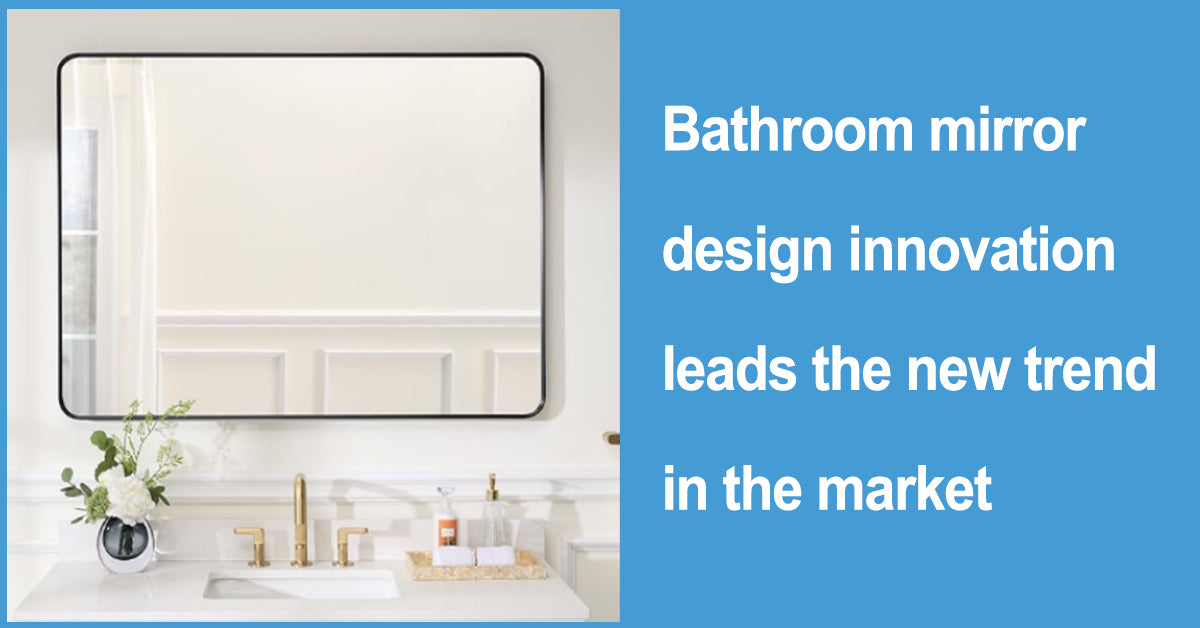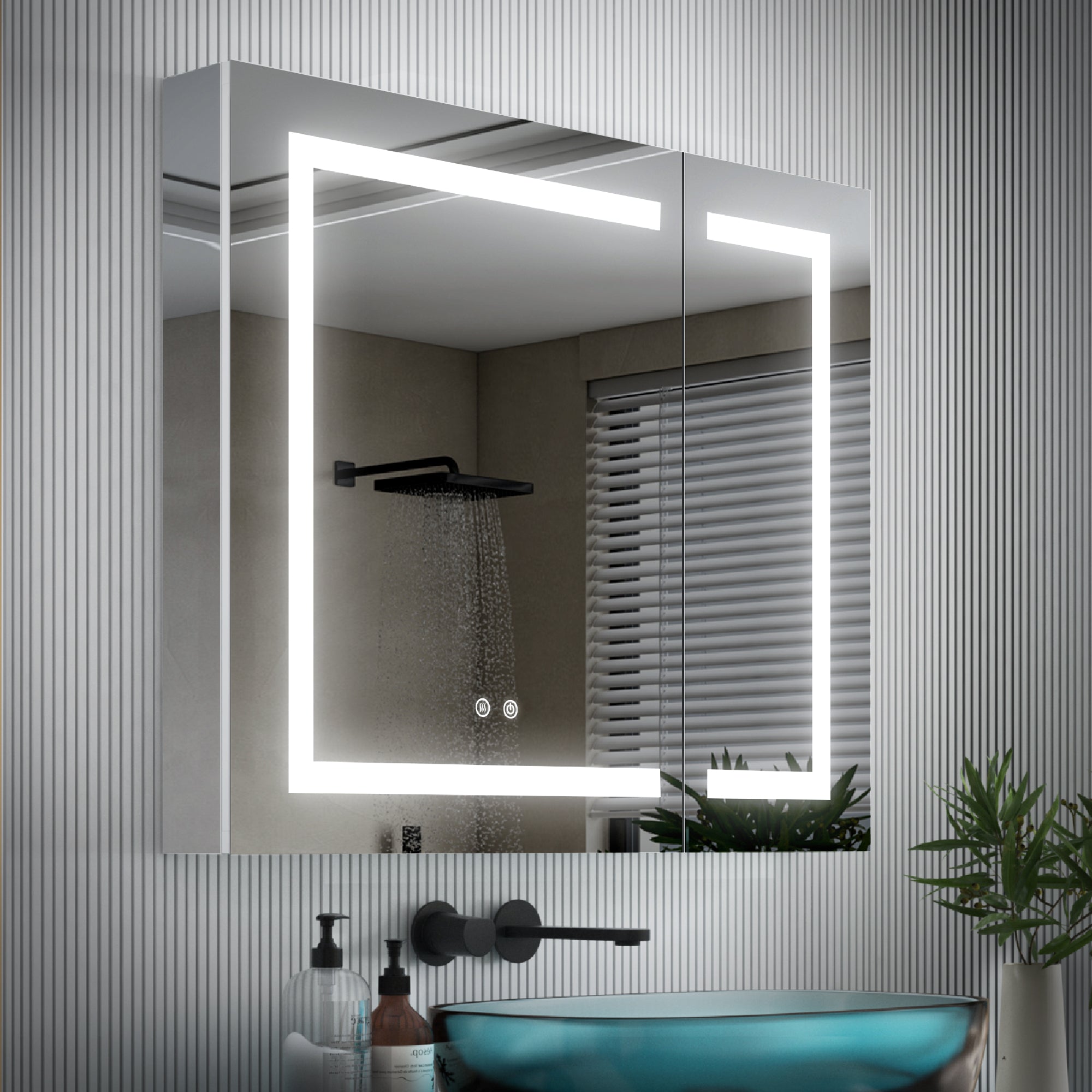Designing a bathroom is no small task. It requires careful planning and attention to detail.
Yet, many homeowners fall into common traps. They overlook crucial aspects that can make or break the functionality and aesthetics of their bathrooms.
In this article, we'll explore five common bathroom design mistakes. We'll delve into issues like poor lighting, neglecting accessibility, and choosing the wrong color scheme.
We'll also discuss the importance of adequate storage and the need for quality materials. Our aim is to help you create a bathroom that is not only beautiful but also practical and durable.
Whether you're a homeowner planning a remodel or a professional designer, this guide is for you.
- Overlooking the Importance of Proper Lighting
Lighting plays a crucial role in any bathroom design. It's not just about visibility; it's also about creating the right ambiance.
One common mistake is neglecting the benefits of lighted medicine cabinet with mirror. These fixtures offer dual functionality. They provide ample light for grooming tasks and add a stylish element to the bathroom.
For disabled bathroom designs, lighting is even more critical. It enhances safety by illuminating potential hazards. It also aids in navigation, especially for individuals with visual impairments.
In gray and white bathroom designs, lighting can make a significant difference. It can prevent the space from appearing too stark or washed out. It can also highlight the subtle variations in the gray and white palette, adding depth and interest.
Remember, a well-lit bathroom is not just practical. It's also inviting and comfortable.
- Neglecting Accessibility in Bathroom Layout
Designing a bathroom that is accessible to all users is a must. However, it's often overlooked, leading to a host of problems.
For disabled bathroom designs, certain considerations are crucial. These include wide doorways, grab bars, and non-slip flooring. It's also important to ensure that fixtures are at an accessible height.
Space and maneuverability are key. There should be enough room for a wheelchair to turn around. The layout should also allow for easy access to all fixtures and amenities.
Medicine cabinets with mirror and lights are a great addition to any accessible bathroom. They offer easy access to stored items. The added lighting improves visibility, making grooming tasks easier and safer.
Remember, an accessible bathroom is not just about compliance with regulations. It's about creating a space that is comfortable and usable for everyone.
- Choosing the Wrong Color Scheme
Gray and white bathroom designs are a popular choice. They offer a timeless appeal and versatility. However, they can also present challenges.
One common mistake is creating a monotonous look. This happens when the color scheme lacks contrast or variety. It can make the bathroom feel sterile and uninviting.
To avoid this, consider adding different shades of gray. You can also introduce textures or patterns. This will add depth and interest to the design.
Remember, the goal is to create a balanced and harmonious look. With careful planning, a gray and white bathroom can be both stylish and inviting.
- Compromising on Storage and Functionality
Storage is a crucial aspect of bathroom design. Yet, it's often overlooked. This can lead to clutter and a lack of functionality.
Lighted medicine cabinets with mirrors are a great solution. They offer storage for small items. Plus, the integrated lighting improves visibility for grooming tasks.
In small bathrooms, optimizing storage is even more important. Here are a few strategies:
- Use vertical space: Install shelves or tall cabinets.
- Choose vanities with storage: Drawers and cupboards can hide away toiletries.
- Use the space over the toilet: This is often wasted space that can be utilized.
Remember, a well-designed bathroom is both beautiful and functional. Don't compromise on storage and functionality in your design.
- Ignoring Long-Term Quality and Maintenance
Quality should never be compromised in bathroom design. It's tempting to cut corners to save money. But this can lead to costly repairs in the future.
Choosing durable materials is key. They withstand the high-moisture environment of a bathroom. Plus, they maintain their appearance over time.
""
Easy-to-clean features also play a role in maintenance. For example, a medicine cabinet with mirror and lights is practical. The mirror is easy to clean. And the lights reduce the need for extra fixtures.
Here are a few more tips for long-term maintenance:
- Opt for tiles with minimal grout lines. They are easier to clean.
- Install a quality ventilation system. It prevents mold and mildew.
- Choose fixtures with a reputation for durability.
Lastly, consider professional installation. It ensures the proper functioning of bathroom components. And it can extend the lifespan of your bathroom.
In conclusion, think long-term. Quality materials, easy maintenance, and professional installation are worth the investment.
Final Thought

In summary, designing a bathroom requires careful planning and consideration. From lighting to layout, color scheme to storage, and quality to maintenance, each aspect plays a crucial role. Incorporating elements like lighted medicine cabinets with mirrors can enhance functionality and aesthetics. Meanwhile, considering accessibility and long-term durability ensures a bathroom that's both practical and enduring.
Avoiding these common bathroom design mistakes can lead to a space that's not only beautiful but also functional and long-lasting. So, as you embark on your bathroom design or renovation journey, keep these tips in mind. They'll help you create a bathroom that truly meets your needs and stands the test of time.
















Leave a comment
This site is protected by hCaptcha and the hCaptcha Privacy Policy and Terms of Service apply.